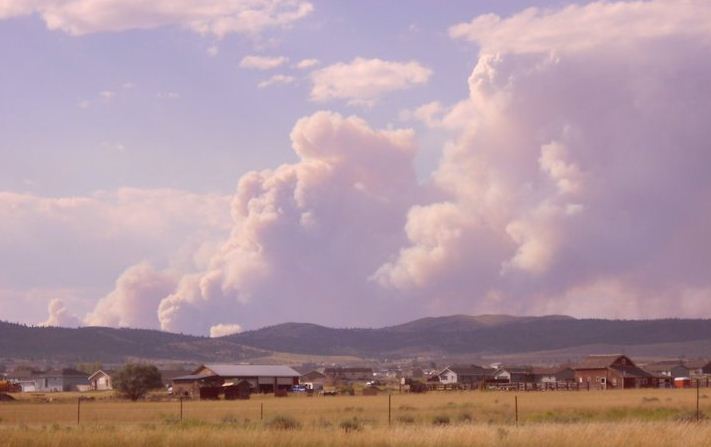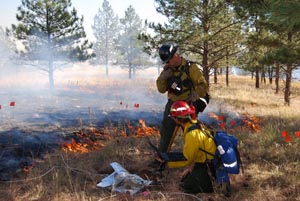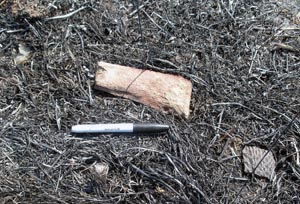UPDATE @ 9:15 p.m. MT, Aug. 27
The U. S. Forest Service has lifted the evacuation orders for some areas. More information is at InciWeb. They are now saying the fire has burned 2,050 2,800 acres as of approximately 6 p.m. today and it is 20% 5% contained. Jess Secrest’s Type 2 Incident Management Team will assume command of the fire at 9 p.m. tonight.
The weather forecast for the fire area brings some good news, including a 50-60% chance of rain Saturday night and Sunday morning. On Saturday the temperature will be 55 to 70, depending on the elevation, and winds should be light and variable, becoming 5-10 out of the northeast on the ridge tops in the afternoon.
Ellen Bacca, the meteorologist for the Helena NBC station, posted some photos related to the fire. I believe they were taken from Helena.
======================================================
UPDATE @ 11:00 a.m. MT, Aug. 27
The weather forecast is more favorable for firefighters on the Davis fire today than the weather conditions were on Wednesday and Thursday. The temperatures will be much cooler, maxing out at 53-58 at the fire, however it will still be breezy with west winds of 15-25 gusting up to 35 in the morning . The RAWS weather station at Lincoln, 11 miles northwest of the fire, received 0.04″ of rain at 2 a.m. today, Friday.
======================================================
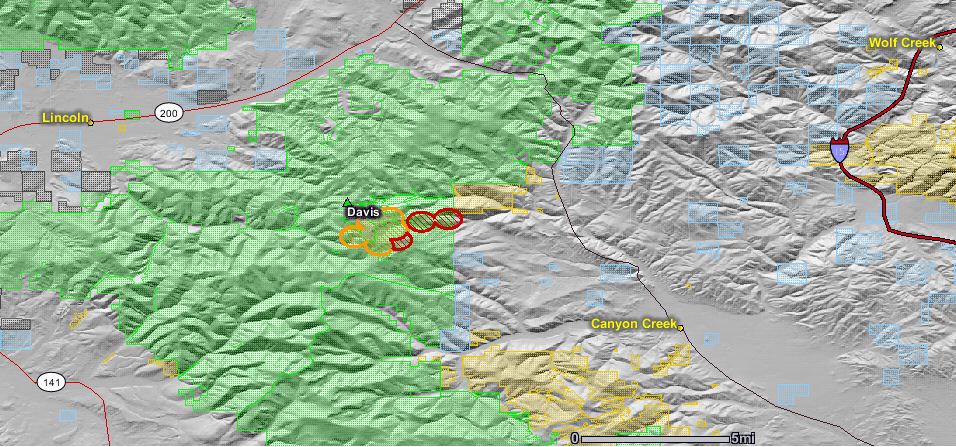
The updated map of the Davis fire, an escaped prescribed fire between Lincoln and Helena, Montana, shows that the fire has spread to the east near the eastern boundary of the Helena National Forest.
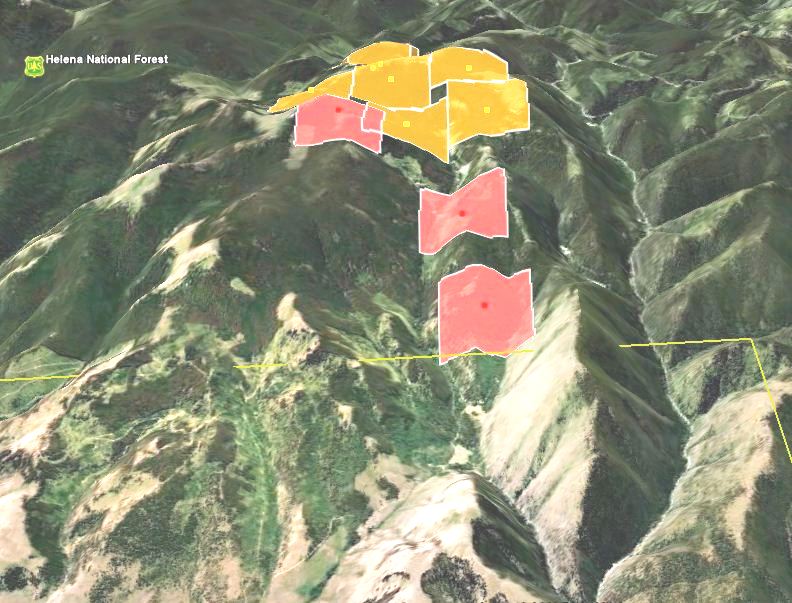
The latest official update from the U.S. Forest Service late Thursday night said the fire had burned 2,000 acres and that “Lewis & Clark County Sheriff Leo Dutton has ordered evacuations of homes located at the top of Stemple Pass over to Highway 279 (Lincoln Road)”. There are some media reports that the fire has burned 2,800 acres.
Helenair.com has an article describing a public meeting on Thursday at which the USFS District Ranger for the area, Amber Kamps, talked about what they were thinking when they decided to conduct the prescribed fire on Wednesday. On Thursday the high temperature of 97 set a new record in Helena. Here is an excerpt from the article:
Continue reading “Map and update of Davis escaped prescribed fire near Helena”


